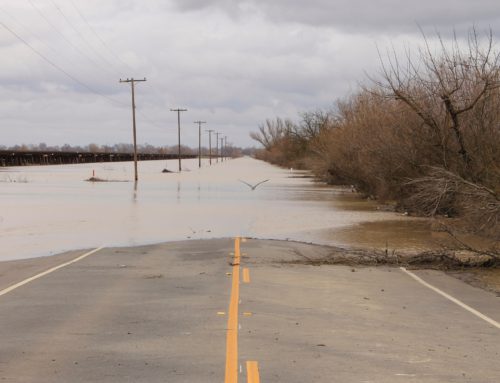Bilingual education is on the rise in the U.S. and the number of schools offering dual-language programs continues to grow. According to a report released by the U.S. Department of Education, 39 U.S. states offered some type of dual-language education during the 2012-13 school year, with Spanish-English and Chinese-English curriculums cited as the most common.
Dual-language education is a growing trend in cities throughout the country. During the 2015-16 school year, New York City added 40 new dual-language programs to schools in all five boroughs. This past fall, three new dual-language programs launched at public schools in Washington, D.C.
And on election day this year, California residents will vote on Proposition 58, which, if passed, will make it easier for California state school districts to expand bilingual education opportunities.
Although critics of California’s statewide proposition say English-only instruction is crucial to assimilation, supporters contend the measure is needed to accommodate the state’s sizable immigrant population. Notably, children of immigrants who speak little or no English are less likely to fall behind developmentally if they enroll in dual-language programs.
But along with meeting the needs of ESL students, the demand for bilingual education also stems from parents’ desire to prepare young Americans for their eventual entry into an increasingly multicultural, globalized world.
While Chicago has the 5th largest Hispanic population among major cities in the United States, Dual Language Education (DLE) Programs are offered at just 15 of the 521 Chicago Public Schools. One of these rare and highly sought-after schools is Erie Elementary Charter School (EECS) in Humboldt Park, where students gain not just language skills, but a sense of cultural awareness that enhances their development. EECS provides a learning environment for students to cultivate bilingualism, biliteracy, and cultural understanding. Its Spanish-English immersion program also positions students to succeed in a global economy.
In addition, a mounting body of research shows that there are neurological and cognitive benefits of learning and/or speaking multiple languages. It’s ’s not just young people who benefit, according to a study published by The Dana Foundation. “Bilingualism has positive effects at both ends of the age spectrum,” says Dr. Viorica Marian, who authored the study. “Bilingual children as young as seven months can better adjust to environmental changes, while bilingual seniors can experience less cognitive decline.”

The Bilingual Brain: new research has found that being fluent in two languages enhances a person’s ability to concentrate. [Image: FairLanguages.com]
While foreign language requirements have long been a core requirement for high school graduation — offering language classes at an earlier age could improve overall fluency for American students. As the world continues to get smaller, it’s likely that the way we communicate with the world will require more of us to know more, not less. Not only do dual-language curriculums provide an avenue for kids to acquire language fluency, but this kind of learning enriches their worldview.







Leave A Comment